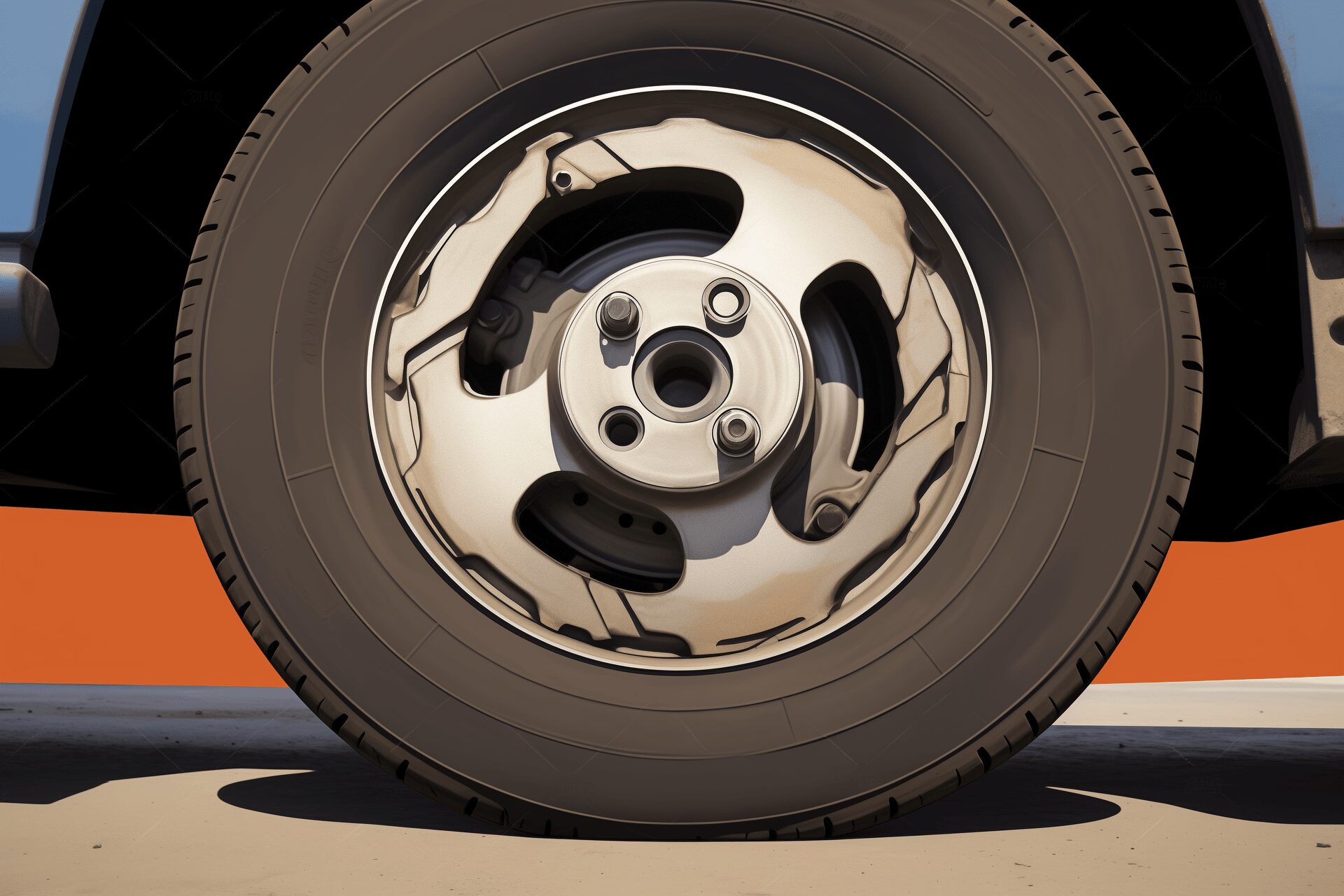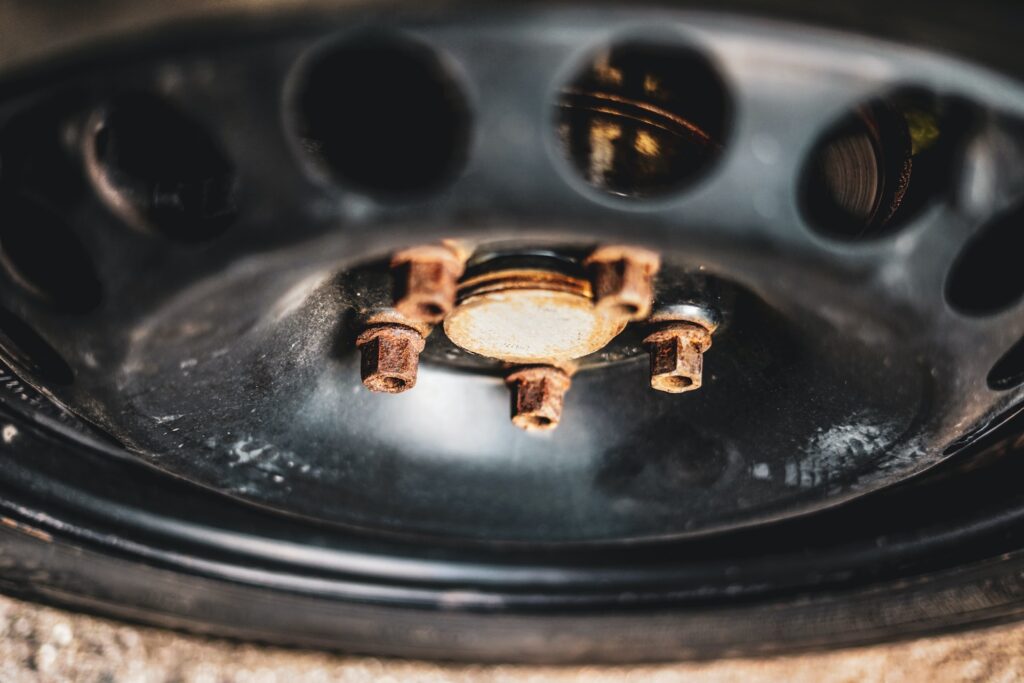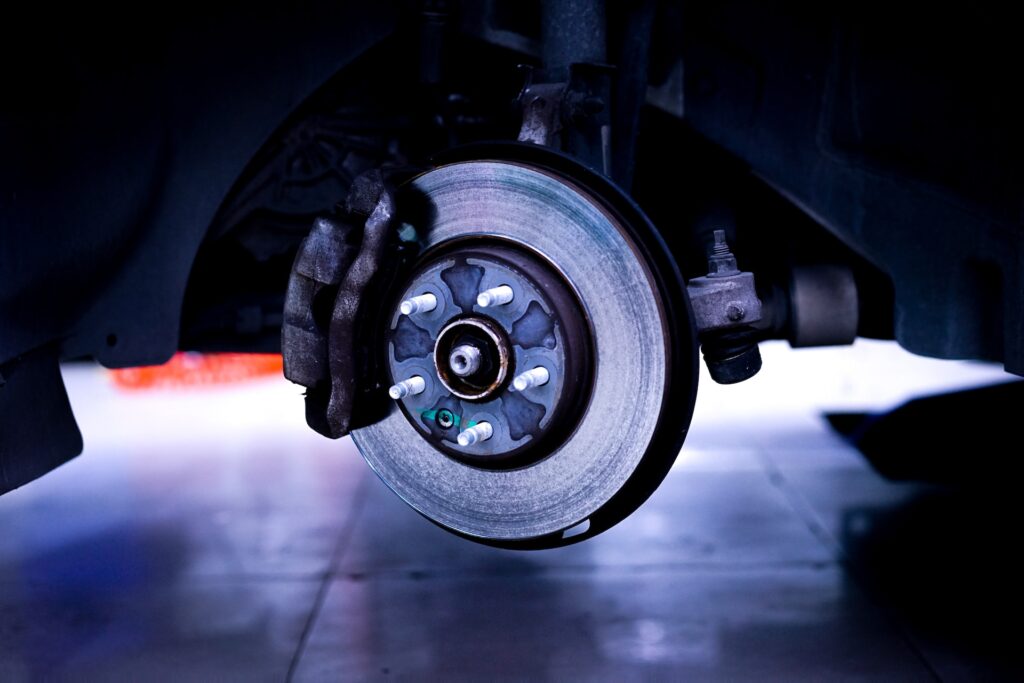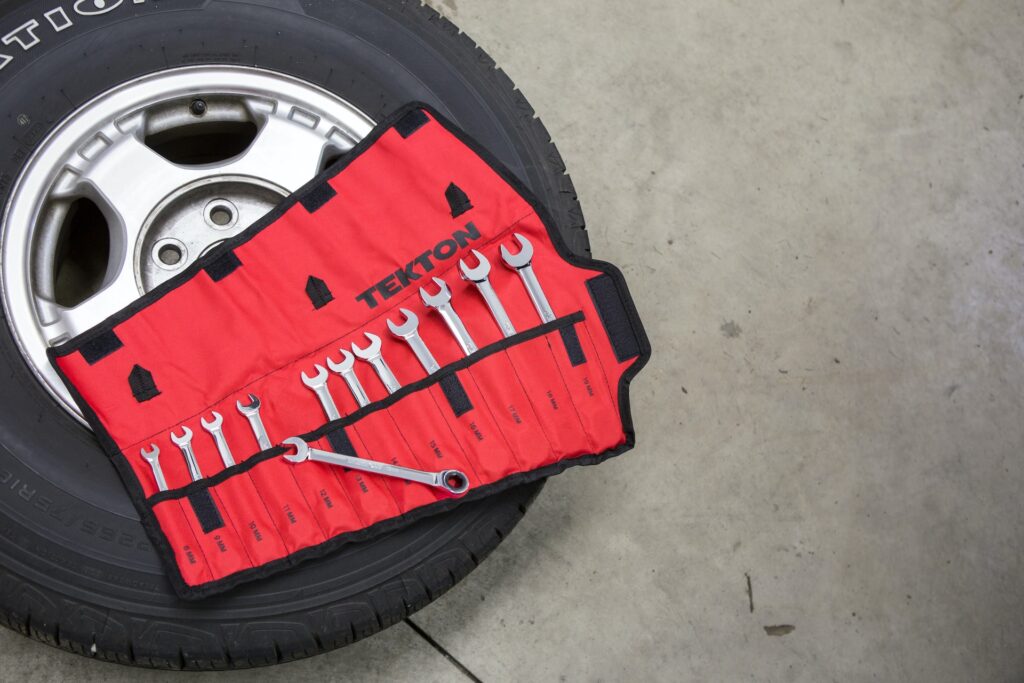A Helpful Guide to Brake Pad Replacement Costs
Dec 24, 2023

As an Amazon Associate, Modded gets commissions for purchases made through links in this post.
Owning a vehicle is an expensive rite of passage. Over time, pieces of equipment break down and require pricey maintenance to ensure safe operations — this includes brake pad replacement costs.
Your car’s brakes are some of the most crucial components — a faulty brake pad system could wreak havoc on your vehicle and put you at risk of a severe car accident.
Staying ahead of potential issues with your brake pads and practicing proper vehicle care to ensure they last longer is critical. Here is everything you need to know about replacing and maintaining your brake pads with careful driving.
How Much Does a Brake Pad Replacement Cost?
Although not as expensive as other vehicle malfunctions, brake pad replacement costs are still high. According to AAA, you could pay $100–$300 per axle to fix your brake pads. There are two tires per axle — meaning a brake pad replacement could cost you an average of $600 for both sets of tires.
Of course, your vehicle make and model significantly affect how much a brake pad replacement is. A large SUV will have more costly brake pads than a small SUV.
You could also end up with a bill for $500 per axle if you must change the rotors, bringing your brake pad and rotor replacement costs to $1,000 for both sets.
The best way to determine how much a replacement cost is to get a quote from a local auto repair shop. If you have a warranty on your vehicle, your car dealership can also provide you with replacement parts.

Types of Brake Pads
Depending on your vehicle manufacturer and driving habits, you may require ceramic or semi-metallic brake pads. Here’s a breakdown of their differences.
Ceramic Brake Pads
Ceramic brake pads are precisely as they sound: A denser, copper-infused ceramic than you’d find in pottery — the copper added for more friction and heat conductivity.
They are quieter than semi-metallic brake pads and are commonly found in high-end vehicles. Because they reduce rotor friction and last longer than their metallic counterparts, you can expect to pay more for ceramic brake pads.
Semi-Metallic Brake Pads
Semi-metallic brake pad performance is ideal for long-distance travel, trucking and racing vehicles. Imagine braking from high-speed operations during a car race or a tractor-trailer coming to a screeching halt when someone cuts in front of them. These brake pads quell heat and withstand frigid temperatures with slower wear.
The downsides to semi-metallic brake pads are the noise and brake dust they generate. You will need to wash your wheels frequently after using your vehicle.
Regardless, you’ll need to contend with more significant wear due to pad and rotor friction, resulting in replacing the equipment regularly.

When to Replace Your Brake Pads
Quality brake pads should last 20,000 to 70,000 miles if you give them proper care and maintenance. Semi-metallic might show signs of wear after 20,000 miles. Additionally, driving with a stop-go motion in a city will reduce their life span.
The easiest way to tell whether you need to replace your brake pads is in the following ways:
- Your warning indicator light comes on
- You can feel the brake pedal vibrate when you step down
- You hear a grinding or squeaking sound when you hit the brakes
- It takes a longer time for your car to come to a stop when you step on the brake pedal
Brand-new brake pads will measure 8–10 millimeters (mm) in the rear and 12 mm in the front axle. You must replace the brake pads immediately when they are less than 3 mm.
Ask your auto repair shop technicians to check the brake pads during your oil change, especially if you’re coming up to the appropriate mileage for a replacement. You can hold off on a replacement if the brake pads are around 4–6 mm and budget for it instead.
What Happens if You Don’t Replace Your Brake Pads?
In August 2020, 12% of 43,565 commercial cars were cited with brake violations. This is particularly concerning, considering brake-related issues accounted for 22% of vehicle crashes in 2015. The last thing you want is to put yourself or other drivers at risk because you have faulty brake pads.
The longer you wait to replace your brake pads, the greater the risk of rotor damage — leading to higher brake pad replacement costs. Likewise, worn brake pads could cause the rotors to overheat, leading to them exploding and damaging other car parts.
Perhaps the worst outcome would be your vehicle doesn’t stop when you need it to, such as driving downhill or on the highway. Many people have experienced stepping down on the brake pedal only for the car to keep moving.

Make Your Brake Pads Last Longer
You can increase your brake pads’ life span and ensure optimal driving safety in a few ways. For one thing, paying attention to manufacturer recalls could be a matter of life or death.
Some of the biggest auto recalls in history have saved ample lives. For example, Toyota recalled 9 million cars in 2010 when a faulty gas pedal led to 89 deaths and 57 injuries.
Other ways to prevent excessive wear and tear on your brake pads include the following:
- Avoid braking abruptly from high-speed movement — bring your vehicle to a stop slowly.
- Avoid “brake taps” — when you step on the brake and accelerator simultaneously.
- Start stopping your vehicle further back when you see a red light in the distance — the closer you are, the harder you’ll need to step on the brake.
- Do not weigh your car with objects — this will add pressure to your brakes.
- Lower your speed by coasting before stepping on the brakes.
Likewise, you should flush your brakes every three years or 35,000–60,000 miles, whichever comes first. Flushing your brakes prevents brake fading and future wheel cylinder issues. A good flushing also improves brake performance, in general.
Brake Pad Replacements Are Common Sense Vehicle Safety
You may not want to dish out brake pad replacement costs, but doing so will ensure safer driving. After all, getting caught without working brakes could put your life at risk. Use common sense and get your brake pads checked. If it’s been some time, be prepared to budget for their replacement.






